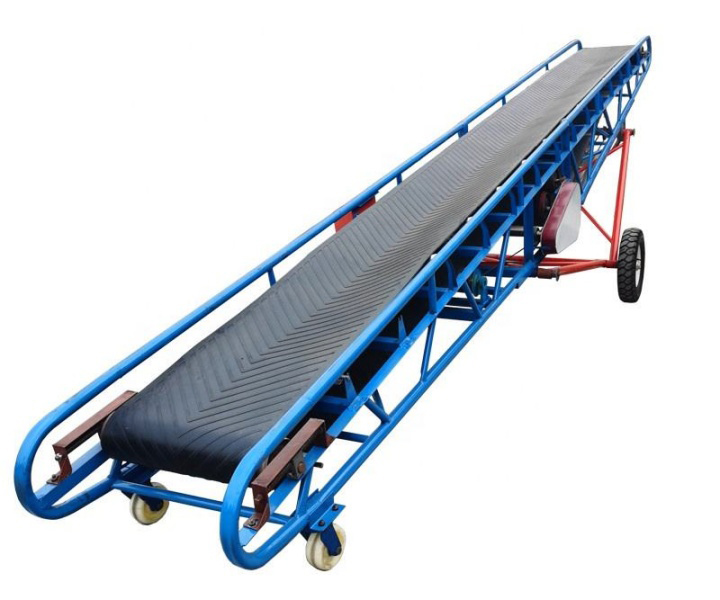
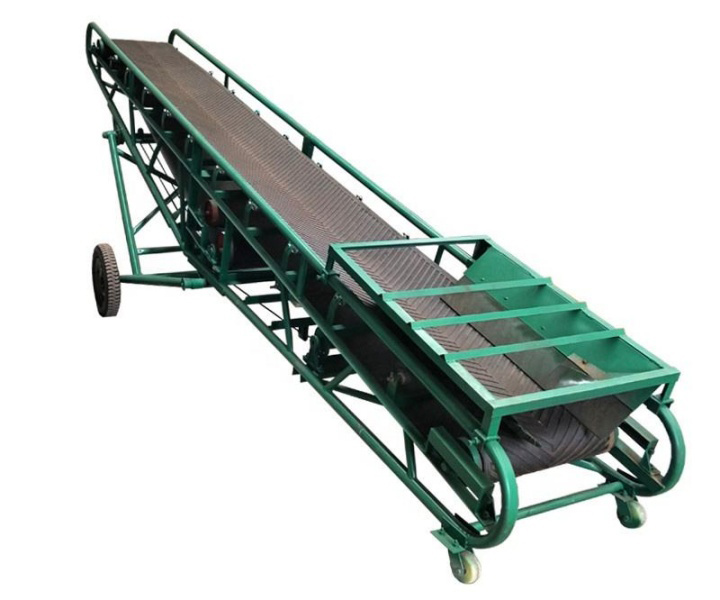
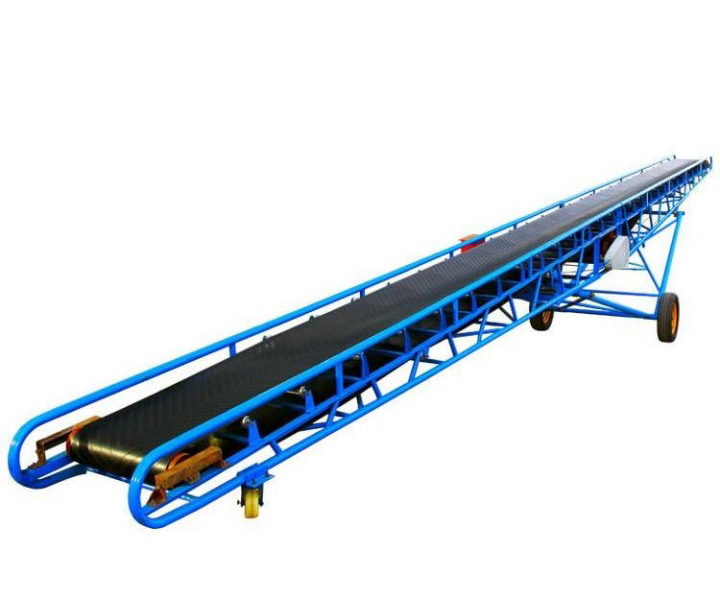
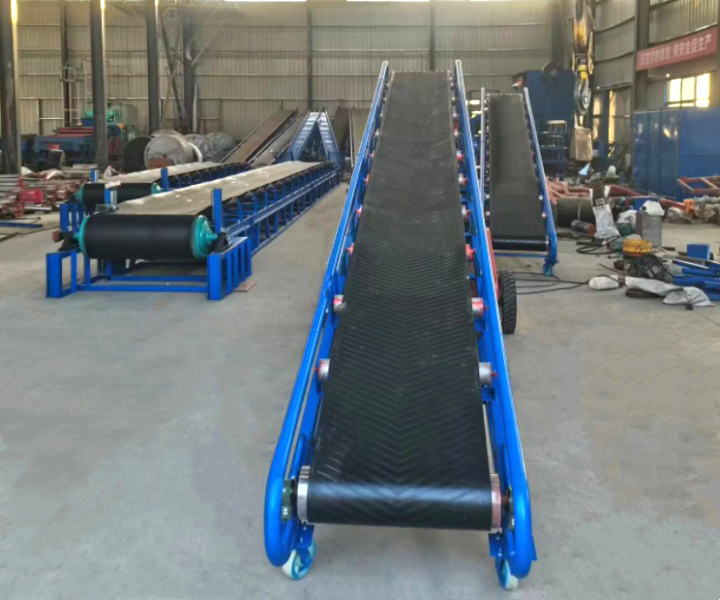
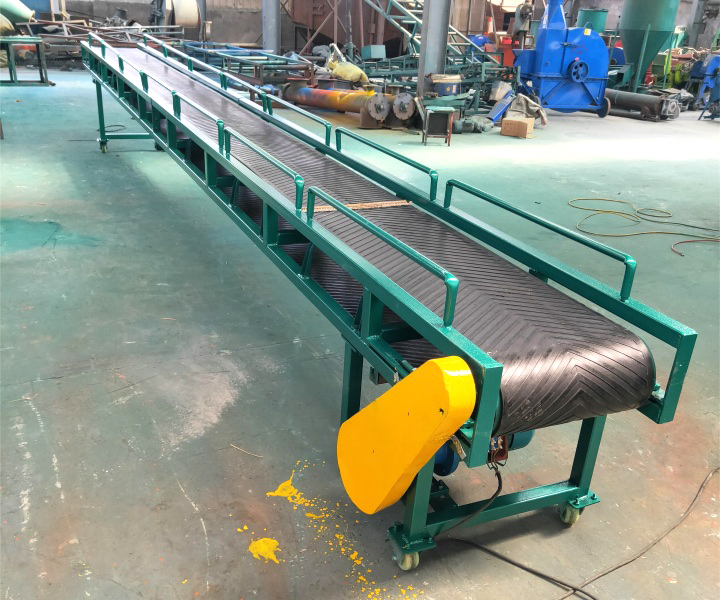





Can be used to transport sawdust and other fine particles generated in wood processing.
![]()
![]()
Price::$499.00-$6,000.00/Set
Consult now and enjoy a 10% discount
Conveying capacity: 30-3000m³/h
Conveying speed: 1.25-2.0m/s
Conveying length: 10 meters
Conveying Angle: 0°-90°
Belt width: 400-2400mm
Material: Carbon Steel/Stainless Steel
Application: Sawdust belt conveyor can be used in the wood processing industry to transport and process sawdust, wood chips and other waste materials quickly and efficiently.
Commitment:Free Shipping/5 Days Delivery/30-Day Returns/Support Customization
Sawdust belt conveyor is a type of conveyor system designed specifically for handling sawdust or other wood particles. It is commonly used in industries such as woodworking, sawmills, and biomass processing where the transportation of sawdust is required. Sawdust belt conveyors are designed to efficiently move large volumes of sawdust from one location to another, providing a continuous and automated material handling solution.

Sawdust belt conveyors have a variety of applications in industries that generate or process sawdust and wood pellets. Here are some common applications for sawdust belt conveyors:
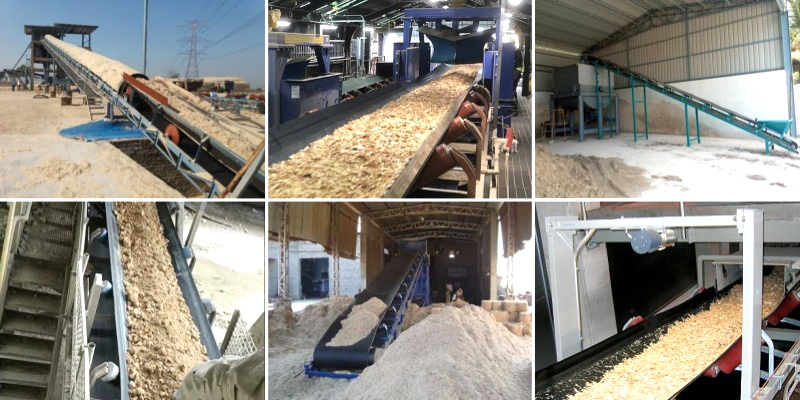
Sawmill: Transport sawdust from the cutting and processing area to a designated storage or disposal location. They help to effectively remove sawdust from production areas, reducing manual labor and improving cleanliness.
Woodworking workshop: In a woodworking workshop or carpentry workshop, sawdust is generated by sawing, planing or sanding operations, which can be collected using a belt conveyor and transported to a central collection point or dust removal system. This helps maintain a clean, safe work environment.
Biomass processing: transport sawdust from storage bins or production facilities to processing equipment or storage bins.
Recycling facilities: facilitate the efficient movement of sawdust from sorting and processing areas to storage or further processing stages, such as mulching or composting.
Biomass heating system: used in biomass heating system, in which sawdust is used as fuel source. They transport the sawdust from storage silos to the combustion chamber, ensuring a consistent and controlled supply of fuel to the heating system.
Particleboard or fiberboard manufacturing: used to transport sawdust from storage bins to the mixing and forming process, promoting efficient material flow and reducing manual handling.
First, the sawdust enters the belt conveyor system from the feed port of the conveyor. The conveyor uses a belt with a groove or baffle to prevent the sawdust from overflowing from the conveying process.
Then, the electric drive device starts and drives the belt to start moving. When the belt starts to move, it continuously transports the sawdust from the feed end to the discharge end.
During the movement, the protrusions or baffles on the belt prevent the sawdust from sliding backwards, ensuring continuous conveying of the material.
When the sawdust reaches the target position, the accumulation of the material can be controlled by adjusting the speed and position of the conveyor.
The discharge end of the conveyor may be connected to storage equipment or other processing equipment, such as a storage silo or sawdust processing equipment.
Automation
The sawdust belt conveyor has a high degree of automation, which reduces dependence on manpower, reduces the possibility of human errors, and improves production stability.
Efficient material handling
It can realize the automation of the sawdust transportation process and provide continuous and efficient material handling solutions. They can move large volumes of sawdust quickly, reducing the need for manual labor and minimizing handling time.
Increased Productivity
By eliminating the manual transport and handling of sawdust, belt conveyors help increase the overall productivity of industries that produce or process sawdust. Workers can focus on other tasks, and the conveyor system ensures a consistent and uninterrupted flow of material.
Dust Control
Sawdust can be a dusty and potentially hazardous material. Belt conveyors specially designed for sawdust handling have features that minimize dust generation and contain sawdust during transport. This helps maintain a cleaner, safer work environment for employees.
Reduce material waste
Using a belt conveyor to transport sawdust helps minimize material waste. The controlled and continuous movement of sawdust prevents spillage, ensuring a higher percentage of material reaches its intended destination, reducing overall material loss and waste.
Cost saving
The need for manual labor is reduced, thereby saving potential labor costs. Additionally, efficient handling and transportation of sawdust minimizes material waste, resulting in cost savings over time.
| Belt width (mm) |
Conveying length(m) Power(kw) |
Conveying speed (m/s) |
Conveying amount (t/h) |
||
| B400 | ≤10 | 12-15 | 15-30 | 1.25-2.0 | 30-60 |
| 3 | 3-4 | 4-7.5 | |||
| B500 | ≤10 | 12-15 | 15-30 | 1.25-2.0 | 40-80 |
| 3 | 4-5.5 | 5.5-7.5 | |||
| B650 | ≤10 | 12-15 | 15-30 | 1.25-2.0 | 80-120 |
| 4 | 7.5 | 7.5-11 | |||
| B800 | ≤10 | 12-15 | 15-30 | 1.25-2.0 | 120-200 |
| 4 | 7.5 | 7.5-15 | |||
| B1000 | ≤10 | 10-20 | 20-40 | 1.25-2.0 | 200-320 |
| 5.5 | 7.5-11 | 11-22 | |||
| B1200 | ≤10 | 10-20 | 20-40 | 1.25-2.0 | 290-480 |
| 7.5 | 7.5-15 | 15-30 | |||
| B1400 | ≤10 | 10-20 | <20-40 | 1.25-2.0 | 400-680 |
| 11 | 15-22 | 22-45 | |||
| B1600 | ≤10 | 10-20 | <20-50 | 1.25-2.0 | 600-1080 |
| 15 | 22-30 | 30-75 | |||
| B1800 | ≤10 | 10-20 | <20-50 | 1.0-2.0 | 200-1500 |
| 18.5 | 30-45 | 45-110 | |||
| B2000 | ≤10 | 10-20 | <20-40 | 1.0-2.0 | 1000-2000 |
| 22 | 45-55 | 55-132 | |||
| B2400 | ≤10 | 10-20 | <20-40 | 1.0-2.0 | 1500-3000 |
To determine the proper belt width and load capacity for your sawdust belt conveyor, you need to consider several factors related to your specific application and requirements. Here are some steps to help you with this process:
Evaluate the volume and characteristics of sawdust: determine the volume of sawdust expected to be transported per unit of time. Consider the density, moisture content and particle size distribution of the sawdust as these factors can affect the load capacity and flow characteristics of the conveyor.
Calculate the material load: estimate the sawdust weight per unit length of the conveyor belt. This can be done by determining the bulk density of the sawdust and multiplying it by the cross-sectional area of the material on the belt.
Determine the required conveyor speed: Consider the required conveyor speed according to your application requirements and process conditions. Belt speed will affect the capacity and overall performance of the conveyor.
Evaluate Conveyor Slope: Determine if your conveyor will run on a flat surface, or if it will slope or drop. Inclined conveyors require additional consideration to handle sawdust effectively.
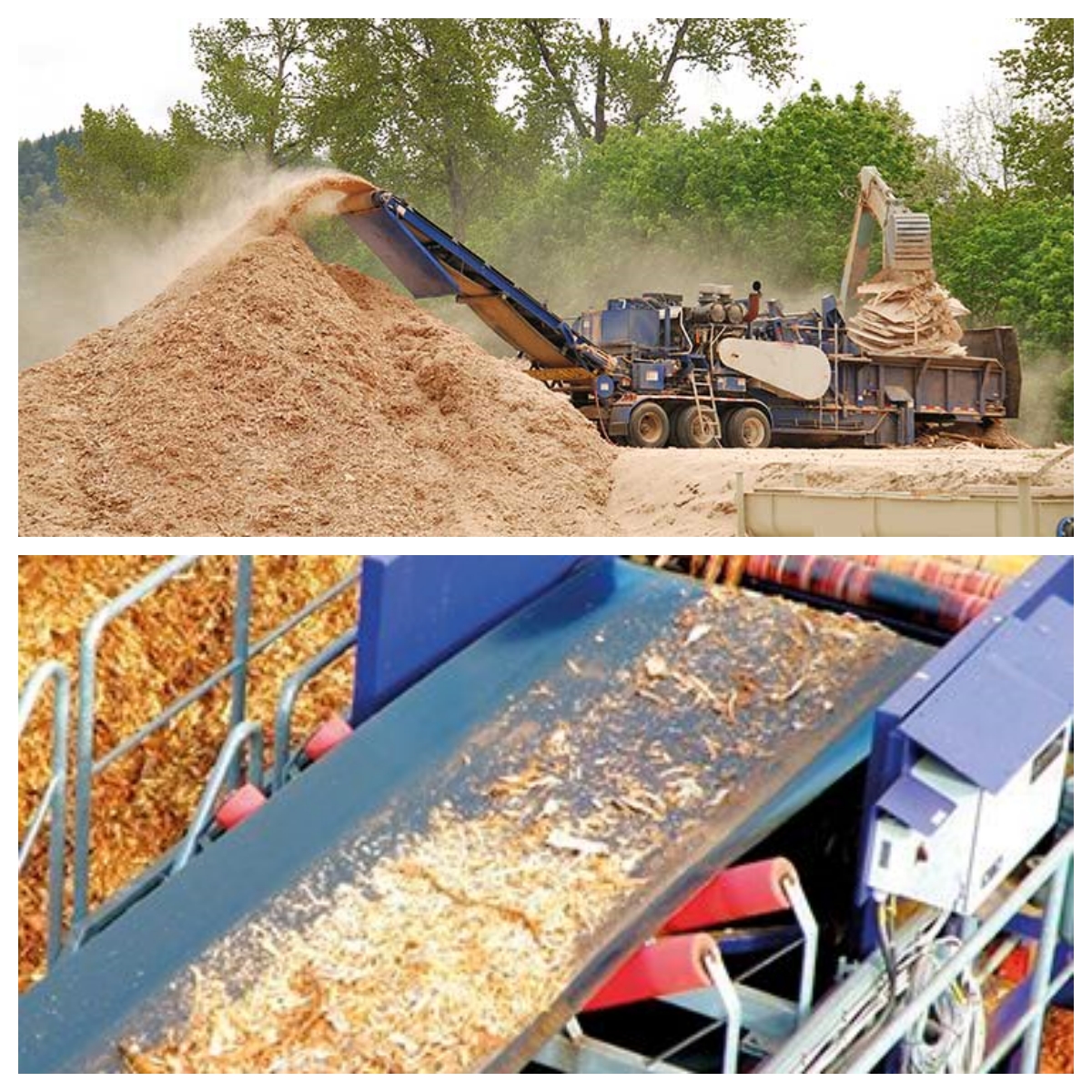
A wood processing plant introduced a sawdust belt conveyor to improve production efficiency. The system can quickly and efficiently transport large amounts of sawdust from the production line to the storage area, reducing labor costs and transportation time. By automating the conveying process, the sawdust processing speed has been greatly increased. This solution not only improves production efficiency, but also improves the working environment. The customer highly praised the stability and efficiency of the system, and it has become an indispensable key equipment in wood processing production.
Address:China,Yanjin county forest park gate to the west 1000 meters north road.